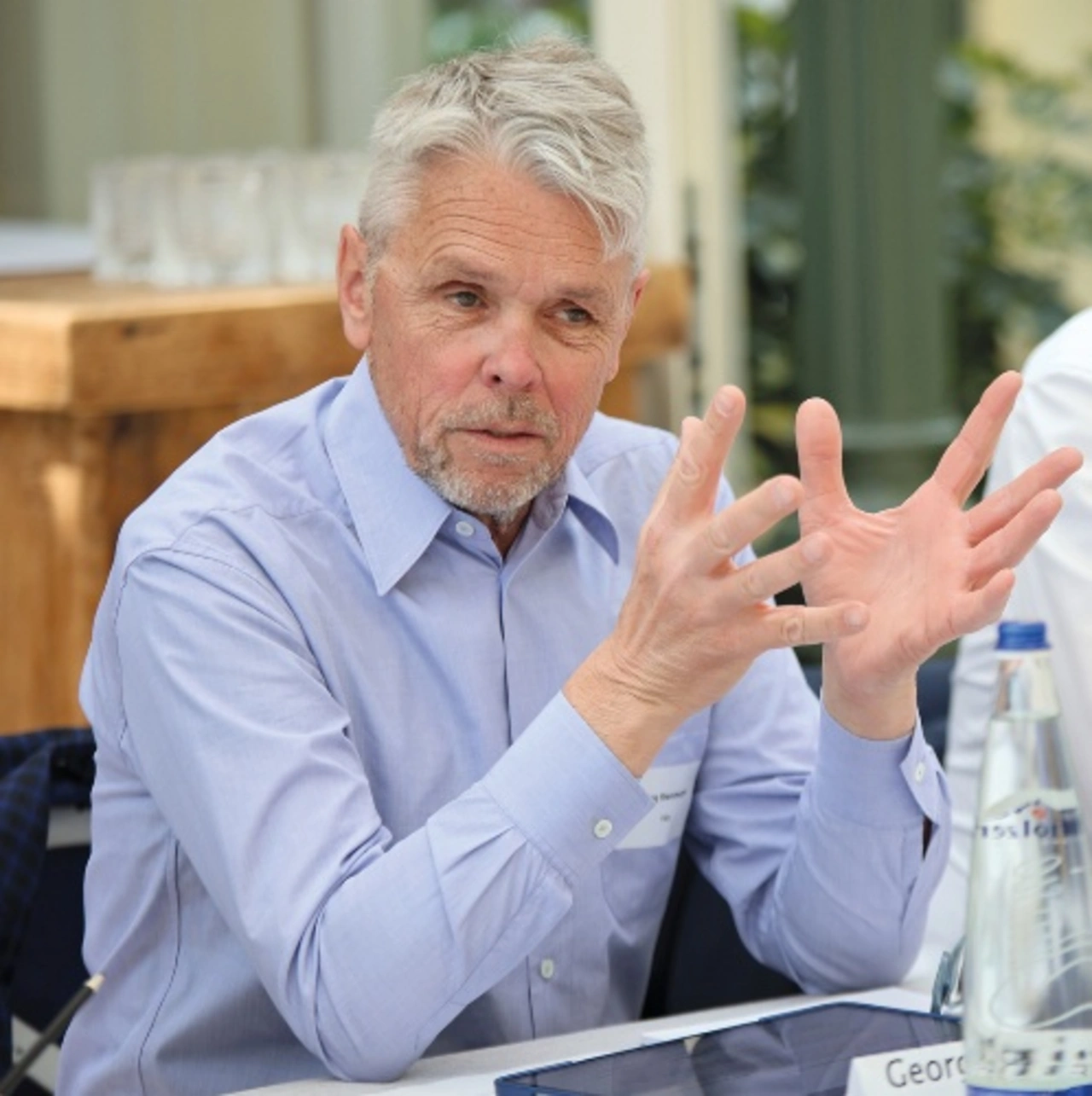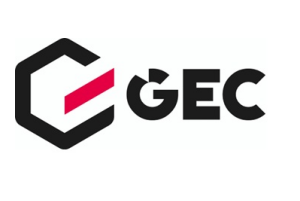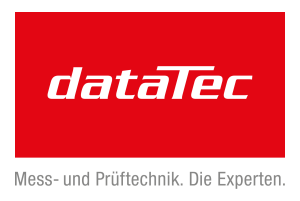Risk management in the supply chain
»China is also using back doors«
Ever since the Covid pandemic, there has been a growing interest throughout Europe in reducing dependencies on China in supply chains, for example by gaining access to new markets. However, this has only been marginally successful. Companies in the electronics industry discuss the status quo.
The challenges are complex and result in an unfavourable balance for the European electronics industry. Germany alone is still very reliant on China, as can be seen from the import figures, noted Hermann Püthe, Managing Director of Inpotron, at the Markt&Technik Supply Chain Roundtable. China remains Germany’s most important trading partner. According to the Federal Statistical Office, in 2023 most of Germany’s imports once again came from China, and represented a value of 157.2 billion euros.
At the same time, the trade dispute between the USA and China is in full swing, including China’s export restrictions on rare earths. Companies that can demonstrate reliable risk management, for example by distributing production sites and procurement sources globally, are well advised to do so. Access to new markets is essential, not least because of the high demand for raw materials in the electronics and high-tech industry. “We have many production sites, but the raw materials mainly come from China,” pointed out Dietmar Jäger, Head of Global Distribution at TDK. “Upgrade mines in Canada and Northern Europe,” suggests Georg Steinberger, Chairman of the FBDi (the trade association of German distributors), but this is not a short-term solution. Africa is also a much sought-after partner when it comes to raw materials. However, Steinberger believes that the West has failed to engage in discussions with these countries on an equal footing: “If I look at what has happened in Africa over the last twelve months, I would say that access to new markets there is becoming increasingly difficult. No one in South America, Africa or in the developing countries of Asia believes in the old western values story any longer,” Steinberger states. “China already has far greater access to these markets than we do. They don’t even talk about values, but about cheap e-cars and infrastructure, etc.” According to Steinberger, the Europeans have behaved extremely clumsily. He is in favour of free trade “on an equal footing”, which, he believes would simplify many things.

China’s back door into the USA goes through Mexico
In many countries, trade restrictions or “punitive tariffs” are applied as quasi-risk management by the state and as the means of choice to keep China in check and thus reduce dependencies. However, in the past the People’s Republic has penalised such steps with countermeasures, for example when it comes to the export of rare earths and the processing technologies associated with them. On the other hand, China is very skilled at circumventing trade barriers, such as those imposed by the USA, “through the back door”, as Andreas Mangler, Director Strategic Marketing at Rutronik, explains: “China has a back door into the USA via Mexico, taking advantage of the duty-free and tax-free import/export process that regulates trade between Mexico and other countries, including the USA.
The agreement exists specifically for semi-finished products such as control units. Mexico is already one of the most important or even the most important supplier in the electronics sector.” Many EMS companies are therefore based in Mexico and serve their customers in the USA from there. Distributors such as Rutronik therefore also use these processes with US customers who produce in Mexico, “but of course only in a very closely controlled manner,” emphasises Mangler.
Almost unnoticed, at least by the general public, a massive shift in supply chains has taken place here, as Xaver Feiner, Vice President Marketing&Sales at Zollner Elektronik, notes. “In 2023, Mexico overtook China in terms of trade volume with the USA.”

Trade between China and Mexico is flourishing
An analysis by Xeneta is interesting in this context. The company specialises in market data and analysis in the field of global sea freight and air freight. The analysis shows that demand for container shipping imports from China to Mexico grew by 60 per cent in January 2024 compared to twelve months earlier. This in turn fuels suspicion that Mexico has become a “back door into the USA”. Peter Sand, Chief Analyst at Xeneta, is also convinced that the figures are not only due to the increased demand for Chinese products in Mexico.
On the contrary, he speculates: “A considerable proportion of the goods arriving in Mexico by ship will probably be transported to the USA by road.” The background to this is that “probably the fastest growing piece of commerce on the planet right now” e.g. that between China and Mexico, is related to US trade barriers. The increase is therefore due to “importers trying to circumvent the US trade barriers”.
A renaissance for “Local for Local”
Sanctions resulting from the trade war between the USA and China, trade restrictions such as the US Chips Act or the Buy American Act, but also the premise of risk distribution, have helped drive the local-for-local production strategy which is enjoying a renewed renaissance. “It has definitely become more important than ever,” says Feiner, and has gained even more momentum at Zollner due to the geopolitical situation. As Europe’s largest EMS, Zollner Elektronik currently operates six locations in the Americas, five of which are in the USA and one in Costa Rica. Of course, this also poses challenges, Feiner continues. “I can produce in the country, but I still have to take a holistic view of the supply chain. And this also includes concerns such as ‘Are there local suppliers who can produce to metric measurements, or do they only fulfil imperial designs?” The fact is that you cannot simply transfer a supply chain 1:1 in order to comply with the trade barriers of different countries, but must adapt in depth. “Many companies are currently thinking very carefully about how to proceed with their designs, how they can use them globally and what they need to adapt locally.” According to Feiner, this also requires substantial investment. “And that’s money we can’t invest in innovation.”







